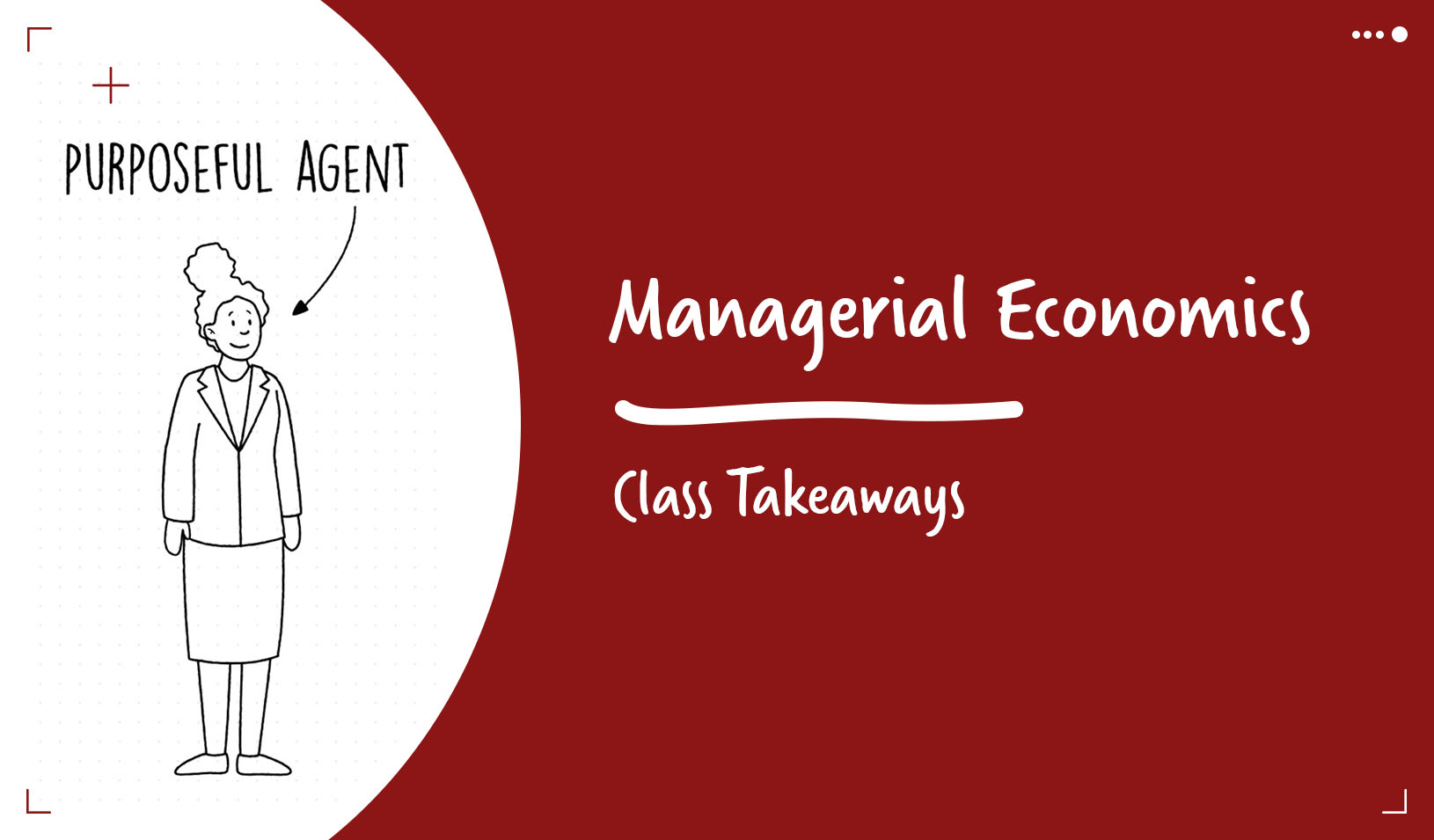Innovation, to paraphrase a remark by Thomas Edison, is 99% perspiration and 1% inspiration. But individualist that he was, Edison probably never thought about the effect of employee compensation on innovation.
The role of compensation as a motivating force behind innovation is assumed to be significant. But is that true? And, if so, how does it work? It can be extremely difficult to prove with any rigor that a particular strategy or series of actions undertaken by management have actually had the intended effect.
Case in point: the software industry. It’s not news that the sector pays many of its employees quite well. But is there a link between the market strategies of software companies and how much they pay their employees, particularly the best and the brightest? There is. Software firms competing in volatile sectors in which the potential payoff for innovative products is the greatest - and the penalty for failure is severe - pay more to star workers than companies in more stable segments of the industry.
That was a major conclusion of “Reaching for the Stars: Who Pays for Talent in Innovative Industries?” a research paper, coauthored by Kathryn Shaw, the Ernest C. Arbuckle Professor of Economics in Stanford GSB. The paper is noteworthy for more than its insight into the software industry. It’s an example of how insider econometrics, the careful analysis of rich, new sources of data, combined with interviews of industry insiders, is leading to a much clearer understanding of the efficacy of management strategies in general, and human resources practices in particular.
Software products are the poster child for the risks and rewards of innovation - but not all sectors of the industry present the same opportunity to see the link between compensation practices and innovation. A hit video game like Take-Two Interactive Software’s Grand Theft Auto can register more than $200 million in sales, while many other games sell poorly or actually lose money.
It may not be intuitive that much larger companies, like Oracle, that develop business applications software such as databases or enterprise resource planning, are in a less risky environment. Once applications have been adopted, software producers have an installed client base that provides a stream of ongoing license and maintenance revenue that pays for future product development.
With this in mind, the researchers assumed that firms operating in the more volatile segments (called high-variance payoff markets) will hire more top-flight talent and pay more than firms in low-variance markets.
Testing that assumption would have been difficult in the past. Detailed data on a broad sampling of employees was simply not available, which is why most compensation studies until recently have focused on CEO pay. Empirical studies, say the researchers, had yet to establish a link between product market strategy and human resource practices using data covering more than a small number of firms or a select group of employees.
Now, however, much broader and deeper data is available through the Longitudinal Employer-Household Dynamics Program of the U.S. Census Bureau. The researchers analyzed salary and revenue data from software firms in 10 states, including exercised stock options and bonuses. Using that data, they were able to calculate the different potential payoffs for various types of software products and how those payoffs related to compensation.
Not only was there more data available for use in this study, it’s of better quality. For example, many studies that use income information derive it from surveys or interviews, while the “Stars” study used unemployment insurance data to find out exactly what people were paid over a period of time, rather than relying on their memories.
The researchers needed to understand the range of payoffs of software projects. To do this, they used firm-specific data for companies in 30 software sectors from the Economic Census. Ultimately, they created a “product payoff dispersion” measure for each company, which in turn created a model of project selection.
In addition to the empirical data, the researchers conducted interviews with employees and managers at 15 innovative software firms and 7 medical device makers. They also garnered material from case studies and books about innovation and human resources practices at major software companies including Microsoft, Siebel Systems (now part of Oracle), Hewlett-Packard, Cisco, IBM, Electronic Arts, and Google.
The researchers learned that the fundamental characteristic of software production is uncertainty - not knowing whether an innovative product will pay off. In software innovation, two groups of employees must select projects: software developers must begin working on a new software project, not knowing whether they will develop a great product, and software managers must allocate funds to research projects, not knowing whether the product will succeed in the market.
And given the uncertainty about whether projects will be successful, the key role of an employee seeking to make innovations is to create or pick the best projects. Wrong choices to be avoided include a false positive, selecting a project that isn’t likely to have a good payoff, and a false negative, rejecting a project that would payoff. It’s also possible that poor execution will stop a good selection from succeeding.
Because much of the data that was collected reflects a period when stock options were quite significant for workers in technology companies, the researchers did not consider the final year of an employee’s tenure, the year options are most often exercised. “Thus, the connection between product market strategies and compensation is one tied to innovation, and is not merely a reflection of variation in returns to options across firms and over time,” they wrote. The researchers concluded: “In short, our results are consistent with the view that innovative firms offer skilled individuals (‘stars’) substantial sums of money up front because they bet in a high-stakes game of producing winning high-payoff products. The results are also consistent with the view that such firms reward loyalty with performance pay, which further increases the likelihood that they will win the high stakes product competition.”
The paper was written by Fredrik Andersson of Lund University; Matthew Freedman of Cornell University; John Haltiwanger of the University of Maryland; Julia Lane of the National Science Foundation; and Shaw. It was published in the June 2009 issue of the Economic Journal.
For media inquiries, visit the Newsroom.






